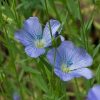Yellow leaves on roses can be worrying for gardeners as they diminish the beauty of the plant. To address this issue, it’s crucial to learn about the causes and treatments. This guide offers helpful tips to grow healthy and attractive roses while preventing yellowing leaves.
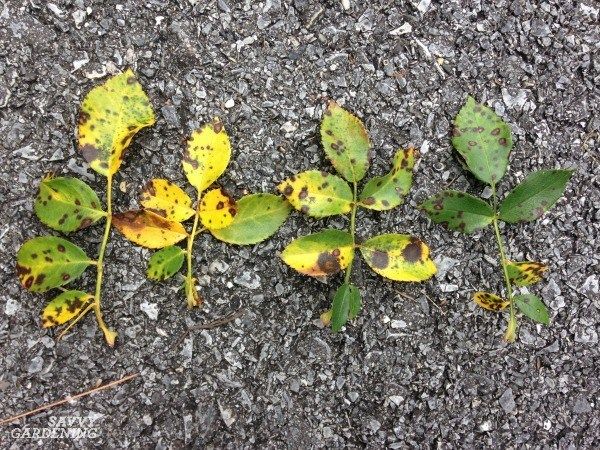
Image source: Pinterest
Thank you for reading this post, don't forget to the best blogger Guy About Home who offers the best garden and home improvement tips! If you are a home decor and design fan, don't miss the tips on home ideas. If you are a home garden owner, then you might be interest in our complete guides to house plants!
Yellowing leaves on roses is a common problem many gardeners face, and it can indicate underlying issues that need to be addressed. It could be the pH of the soil is too high, or the iron content is low, etc. However, understanding the causes of yellowing leaves and their treatments is essential to keep your roses healthy and vibrant.
In this guide, we will explore the reasons for yellowing leaves on roses and provide valuable tips to help you care for your plants and prevent this problem from occurring in the future.
Besides this plant, we also make a full care guide on how to care for Hoya pubicalyx.
Reasons for Yellowing Leaves
Yellowing leaves on roses result from underlining problems plaguing the leaves. Lack of oxygen caused by overwatering, high pH soil, or lack of iron, etc., are some reasons for yellowing leaves on roses. It should be addressed immediately to keep the plant healthy and vibrant.
Guy About Home offers tips and expert ideas on tendering for house plants to keep pests and diseases at bay. Below are some causes of yellowing on rose leaves.
#1 Nutrient deficiencies
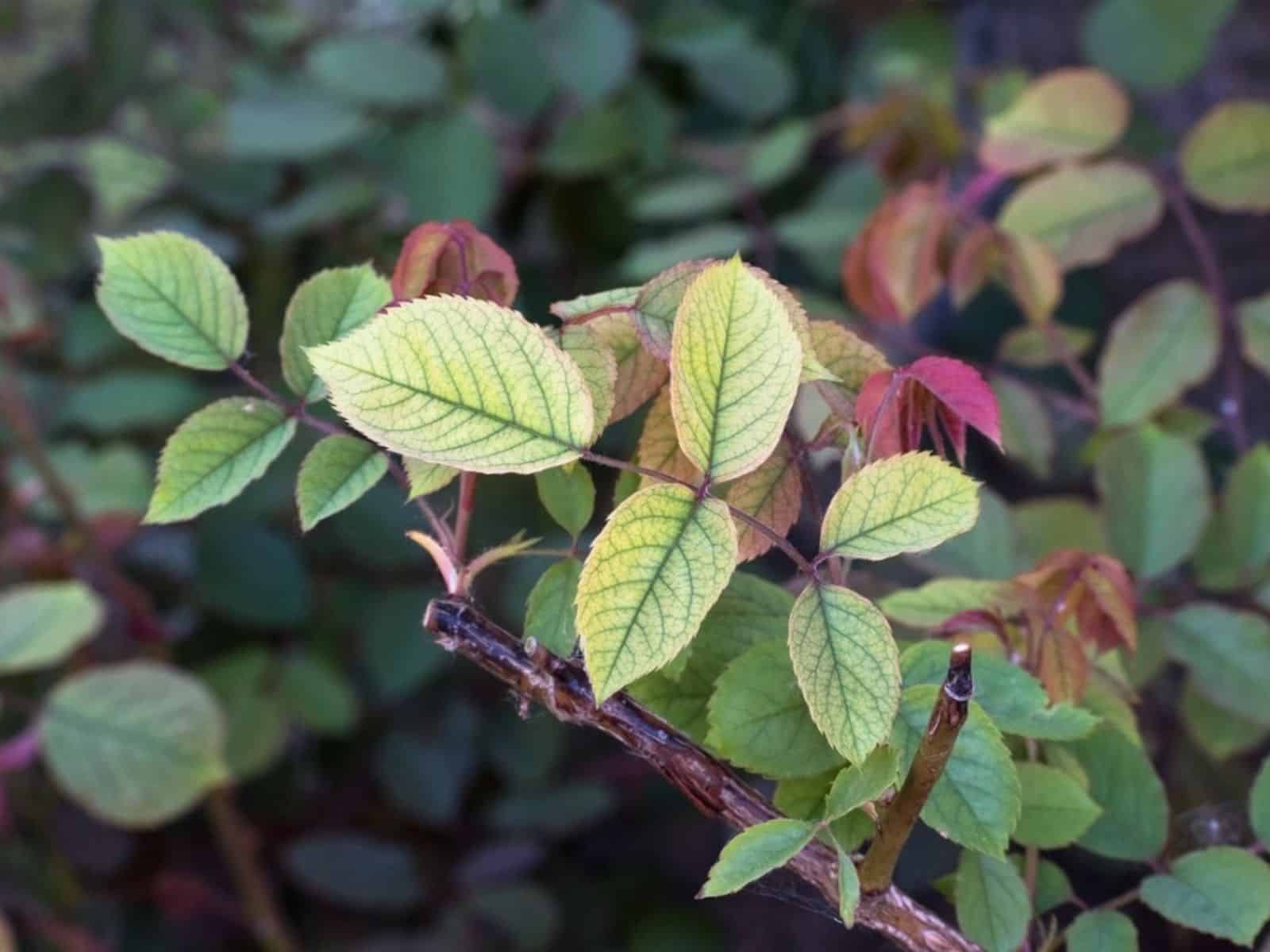
Image source: Pinterest
Rose plants heavily rely on fertilization to grow and bloom. The plant needs a higher amount of essential micronutrients. And deficiency of nutrients such as magnesium, iron, nitrogen, etc., or incorrect soil pH causes the yellowing of its leaves.
#2 Overwatering or underwatering
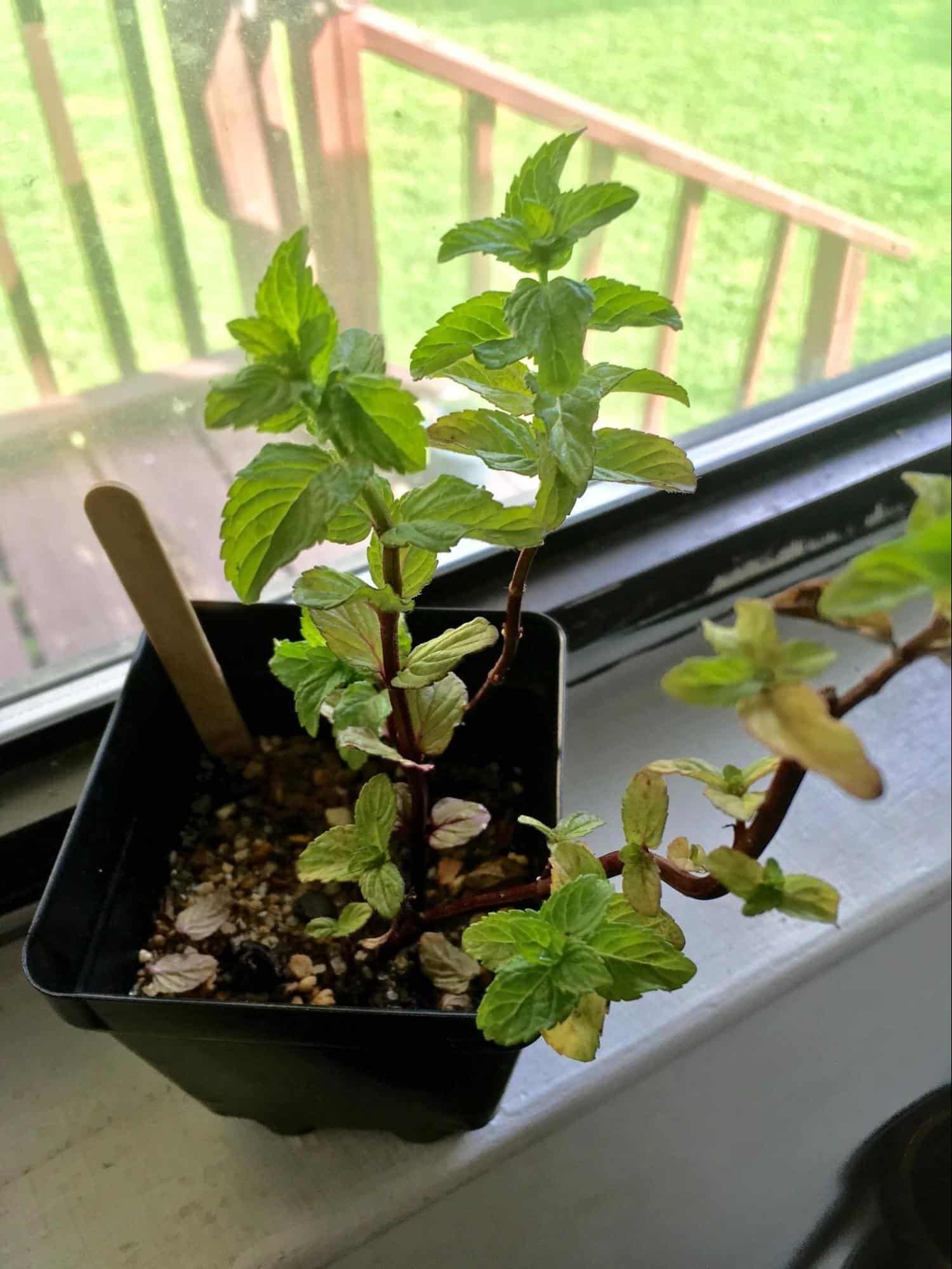
Image source: Pinterest
Overwatering and underwatering can lead to the yellowing of leaves. Overwatering can cause roots to rot, leading to poor absorption of nutrients, while underwatering can cause stress and damage to the plant.
#3 Pest and Disease Infestations
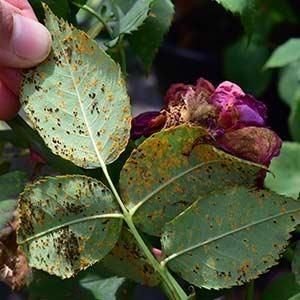
Image source: Pinterest
Pests like aphids, Japanese beetles, rose sawflies, rose mites, etc., and diseases like black spots and powdery mildew can cause the yellowing of leaves. Some of these pests are found on the leave’s underside, some feed on the tissues between the veins, etc., and affect the plant in one way or another.
#4 Environmental factors like temperature and light
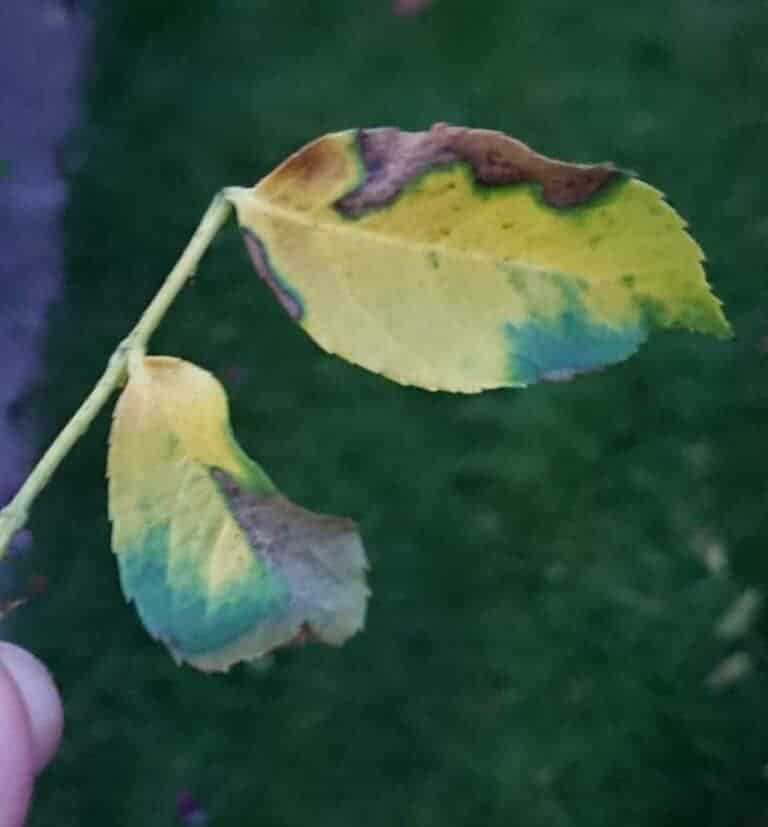
Image source: Pinterest
Rose plants need full and direct sunlight. Insufficient sunlight will often cause the flowers not to bloom and the leaves to turn yellow because of a deficiency in chlorophyll formation.
Diagnosis
Diagnosing the specific cause of yellowing leaves on roses requires careful observation and testing. Here are some steps to help you identify the underlying issue:
- Observe the pattern of yellowing: Note whether the yellowing is occurring on the old or new leaves and whether it is uniform or patchy.
- Check for pests and diseases: Look for signs of pest infestations like webs, holes, or insect activity. Check for diseases like black spots, powdery mildew, or rust.
- Soil testing: Test the soil for pH levels and nutrient deficiencies.
- Watering analysis: Check if the soil is too dry or wet, and assess your watering schedule.
- Environmental factors: Evaluate the environmental conditions like temperature, light, and air circulation.
By identifying the specific cause of yellowing leaves, you can take the necessary steps to treat the problem and prevent it from happening again.
Treatment
Treatment refers to the measures taken to address yellow leaves on roses. This involves the following steps:
#1 Adequate Sunlight
- Ensure your rose plant is kept in a sunny location.
- If the rose plant is grown in a pot or container indoors, bring it outside to receive sunlight.
- Ensure all sides of the plant receives adequate sunlight by rotating it regularly.
#2 Adequate Amount of Water
- Ensure the rose plant receives the right amount of water and not being over or underwater, which can cause yellowing leaves.
- In addition, you need to learn ways to save and retain moisture in your garden. Let Guy About Home help you understand this.
#3 Treat Pest and Disease Infestations
- Spray neem oil or rubbing alcohol on the pest-infected leaves.
- Signs of black spots should be treated using fungicides containing chlorothalonil.
- A DIY mixture of one tablespoon of soap with a liter of water can kill aphid pests.
- Place the larvae of sawflies in isopropyl or dipped in Q-tip.
#4 Proper Pruning and Care
- Prune the rose plant correctly to promote healthy growth, and take care of the plant to ensure optimal health.
- Prune the plant regularly to allow air circulation to stop the spread of rust on the rose leaves.
- Avoid watering plants in the afternoon or evening, and let the leaves dry before watering.
#5 Treat Soil pH
The rose plant needs a soil pH level of 6 to 6.5. Alkaline soil will prevent the uptake of essential nutrients. Soil pH above 7 will cause the yellowing of the leaves. Steps to revive yellowing leaves when soil pH is above 7 include;
- Transplant plants into acidic soil or peat moss to the topsoil to prove acidity.
- Lower the pH level by using aluminum sulfate.
- Add agriculture lime to make the soil pH level slightly acidic.
#6 Adequate Fertilization
- Add nitrogen fertilizer, and adjust the soil with animal dirt or any compost to improve the nitrogen level in the ground.
- Add Epsom to the soil to make up for magnesium deficiency.
- Use chelated iron to enhance the soil condition.
How Do I Prevent Yellowing Leaves on Roses
Preventing yellowing leaves on roses involves adopting good maintenance practices and proactive measures. By following these prevention measures, you can keep your roses healthy and vibrant and avoid yellowing leaves from recurring. Here are some tips to prevent future occurrences:
#1 Good Maintenance Practices
Regular pruning, adequate watering, proper fertilization, and adequate sunlight can help prevent nutrient deficiencies and promote healthy growth.
#2 Choose Resistant Rose Varieties
Selecting disease-resistant rose varieties can help prevent yellowing leaves caused by diseases.
#3 Regular monitoring
Regularly inspecting your roses and house plants for signs of pests or diseases can help you take early intervention before the problem worsens. You must also know the essential elements/practices of a perfect home garden to prevent pests, diseases, and other unfavorable conditions. Guy About Home will put you through everything you need.
#4 Early intervention
If you notice yellowing leaves or signs of pests or diseases, take prompt action to address the issue before it becomes severe.
Conclusion
Yellowing leaves on roses can be a common problem, but it’s essential to diagnose the specific cause and take prompt action to address the issue. Nutrient deficiencies, pest infestations, diseases, over or underwatering, and environmental stress are some causes of yellowing leaves on roses.
By adopting good maintenance practices, selecting disease-resistant varieties, and regularly monitoring your roses, you can prevent yellowing leaves from recurring and enjoy beautiful, healthy roses. Don’t let yellowing leaves detract from the beauty of your roses, act appropriately!


